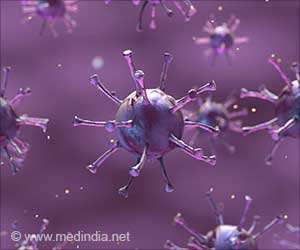
‘Whilst combining self-isolation, household quarantine, and tracing strategies could potentially lower COVID-19 transmission by as much as 47 per cent when using app-based contact tracing, and by 64 per cent with the manual tracing of all contacts.’
Tweet it Now
"Successful strategies will likely include intensive testing and contact tracing supplemented with moderate forms of physical distancing, such as limiting the size of social gatherings and remote working, which can both reduce transmission and the number of contacts that need to be traced," said study researcher Dr Adam Kucharski from the London School of Hygiene & Tropical Medicine in the UK. The researchers have used social contact data to quantify the potential impact of control measures on reducing individual-level transmission of SARS-CoV-2 in specific settings.
They aimed to identify not only what would theoretically control transmission, but what the practical implications of these measures would be in terms of numbers quarantined.
However, the authors noted that the model is based on a series of assumptions about the effectiveness of testing, tracing, isolation, and quarantine--for example about the amount of time it takes to isolate cases with symptoms (average 2.6 days) and the likelihood that their contacts adhere to quarantine (90 per cent)--which, although plausible, are optimistic.
In the study, researchers analysed data on how 40,162 people moved about the UK and interacted with others prior to COVID-19 to simulate how combinations of different testing, isolation, tracing, and physical distancing scenarios might contribute to reducing secondary cases.
Advertisement
The model suggested that mass testing alone, with five per cent of the population undergoing random testing each week (i.e. 460,000 tests per day in the UK), would lower R to just 2.5 because so many infections would either be missed or detected too late.
Advertisement
"Our results highlight several characteristics of SARS-CoV-2 which make effective isolation and contact tracing challenging," said study co-author Dr Hannah Fry from University College London in the UK.
Source-IANS













